
Dyslexia is one of the most common learning differences—and also one of the most misunderstood. Children with dyslexia are bright, capable, and creative, but their brains process language differently. With the right instruction, they can become successful, confident readers.
At Dr. Hayes Educates, dyslexia is the number one reason families seek our support. We specialize in evidence-based testing and intervention that unlocks reading success


What Parents May Notice
Early Elementary Signs (K–2)
-
Struggles to recognize letters or remember letter sounds
-
Trouble rhyming or breaking words into sounds (e.g., hearing that “cat” has /c/ /a/ /t/)
-
Difficulty blending sounds together when reading simple words
-
Slow to learn sight words like the, was, what
-
Avoids reading aloud or guesses at words based on the first letter
Upper Elementary Signs (3–5)
-
Reads slowly, inaccurately, or with poor fluency compared to peers
-
Spelling is inconsistent and phonetic (e.g., “sed” for said, “frend” for friend)
-
Difficulty remembering and retrieving words quickly
-
Strong verbal skills but frustration with writing and independent reading
-
Trouble with multi-step directions when language is complex
Middle School & Beyond
-
Reading comprehension drops because decoding is so effortful
-
Writing assignments take much longer than expected
-
Avoidance of reading-heavy subjects (history, science, etc.)
-
Self-esteem issues, frustration, or labeling themselves as “not smart”
Important: Dyslexia is not a reflection of intelligence. Many children with dyslexia are gifted in problem-solving, creativity, and big-picture thinking—the challenge lies only in how their brain processes written language.
How Tennessee
Defines Dyslexia
“A specific learning disability that is neurological in origin, characterized by difficulties with accurate and/or fluent word recognition and by poor spelling and decoding abilities. These difficulties typically result from a deficit in the phonological component of language.”
(Tennessee Department of Education – Dyslexia Resource Guide)
What does this mean?
This means dyslexia is a brain-based difference in how a child hears, processes, and connects sounds to written letters and words. It makes reading and spelling hard—but with structured, multisensory teaching, students can learn to read successfully.
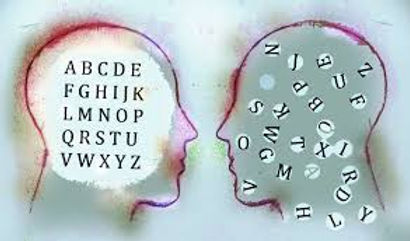


What Parents May Notice
Early Elementary Signs (K–2)
-
Struggles to recognize letters or remember letter sounds
-
Trouble rhyming or breaking words into sounds (e.g., hearing that “cat” has /c/ /a/ /t/)
-
Difficulty blending sounds together when reading simple words
-
Slow to learn sight words like the, was, what
-
Avoids reading aloud or guesses at words based on the first letter
Upper Elementary Signs (3–5)
-
Reads slowly, inaccurately, or with poor fluency compared to peers
-
Spelling is inconsistent and phonetic (e.g., “sed” for said, “frend” for friend)
-
Difficulty remembering and retrieving words quickly
-
Strong verbal skills but frustration with writing and independent reading
-
Trouble with multi-step directions when language is complex
Middle School & Beyond
-
Reading comprehension drops because decoding is so effortful
-
Writing assignments take much longer than expected
-
Avoidance of reading-heavy subjects (history, science, etc.)
-
Self-esteem issues, frustration, or labeling themselves as “not smart”
Important: Dyslexia is not a reflection of intelligence. Many children with dyslexia are gifted in problem-solving, creativity, and big-picture thinking—the challenge lies only in how their brain processes written language.
How Tennessee
Defines Dyslexia
“A specific learning disability that is neurological in origin, characterized by difficulties with accurate and/or fluent word recognition and by poor spelling and decoding abilities. These difficulties typically result from a deficit in the phonological component of language.”
(Tennessee Department of Education – Dyslexia Resource Guide)
What does this mean?
This means dyslexia is a brain-based difference in how a child hears, processes, and connects sounds to written letters and words. It makes reading and spelling hard—but with structured, multisensory teaching, students can learn to read successfully.

Our Approach:
IMSE Orton–Gillingham
What is IMSE Orton–Gillingham?
IMSE is a Structured Literacy program based on the Orton–Gillingham approach. It teaches reading through sight, sound, and movement all at once—so children don’t just memorize words, they truly understand them. Lessons are systematic, sequential, multisensory, and individualized, with constant review to make learning stick.
What This Looks Like in Practice
-
Phonemic awareness warm-ups (segmenting, blending, manipulating sounds)
-
Explicit phonics instruction and spelling pattern practice
-
Multisensory tools (sand tracing, sky-writing, magnetic letters, tapping)
-
Reading controlled, decodable texts that match taught skills
-
Dictation (sounds → words → sentences) to connect reading and writing
-
Cumulative review to reinforce mastery
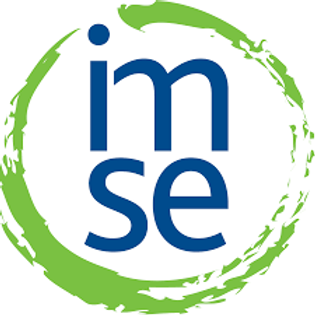
Our Approach:
IMSE Orton–Gillingham Cont.d
At Dr. Hayes Educates, dyslexia intervention is delivered using the Institute for Multi-Sensory Education (IMSE) Orton–Gillingham approach, recognized nationwide as the gold standard for dyslexia instruction. Dr. Hayes has completed intensive IMSE training to ensure every child receives structured, evidence-based support.
What We Use
-
IMSE Orton–Gillingham scope & sequence (phonological awareness → phonics → syllable types → morphology).
-
Multisensory tools: sound/syllable cards, finger tapping, sky-writing, sand tracing, magnetic letters.
-
Decodable texts aligned to instruction (not leveled readers).
-
Dictation routines (sounds → words → sentences) to link reading and spelling.
-
Cumulative review every lesson so skills don’t slip.
What a Lesson Looks Like (45–60 Minutes)
-
Phonemic awareness warm-up (segmenting, blending, manipulating sounds).
-
Explicit phonics instruction (introducing a new pattern like ai/ay).
-
Multisensory practice (writing while saying sounds, tile building, tracing).
-
Decoding (word lists → sentences → short decodable passage).
-
Encoding (spelling) (dictated sounds, words, sentences).
-
Fluency practice (timed rereads of controlled text).
-
Language & meaning (vocabulary, morphology, comprehension).
-
Cumulative review of previously taught skills.
Frequency & Format
-
1:1 sessions (recommended) or very small groups when profiles align.
-
2–4 times per week, 45–60 minutes each.
-
In person or virtual with multisensory tools adapted for online use.
How We Track Progress
-
Baseline assessment to pinpoint strengths & breakdowns.
-
Mastery checks on decoding, word reading, and spelling patterns.
-
Fluency timings for accuracy and words-per-minute growth.
-
Spelling inventories are given weekly to track transfer from reading → writing.
-
Parent receives updates with data and next steps.
What Parents Can
Expect at Home
-
Short (5–10 minute) practice aligned to what’s taught.
-
Reading decodable texts that match instruction.
-
Optional multisensory reinforcement (sand tracing, tiles).
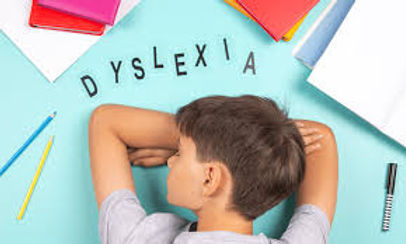
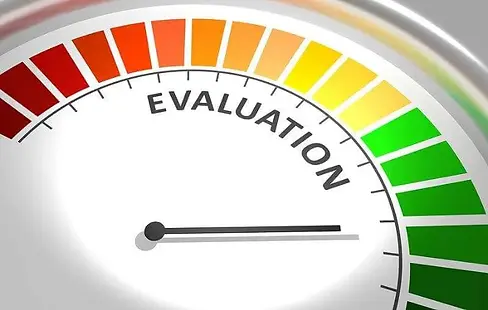
Comprehensive Reading & Dyslexia Testing
At Dr. Hayes Educates, we provide in-depth literacy and dyslexia assessments to identify exactly where a child is struggling and how to help. Unlike basic school screenings, our testing uses nationally recognized, research-based toolsto evaluate phonological skills, decoding, fluency, comprehension, and written expression.
Assessments We Use
Our evaluations are tailored to each child’s unique learning profile and may include a variety of assessments across domains such as academic achievement, cognitive processing, executive function, attention, and emotional/behavioral regulation.
Here are some of the most commonly used tools:
-
Woodcock-Johnson IV Tests of Achievement (WJ-IV) – overall reading, writing, and academic achievement
-
Comprehensive Test of Phonological Processing – 2 (CTOPP-2) – phonological awareness, phonological memory, and rapid naming
-
Test of Word Reading Efficiency – 2 (TOWRE-2) – efficiency in decoding and sight word reading under timed conditions
-
Gray Oral Reading Test – 5 (GORT-5) – oral reading fluency, accuracy, rate, and comprehension
-
Orton–Gillingham Diagnostic Assessment – phonemic awareness and decoding proficiency
-
Phonological Awareness Screening Test (PAST) – foundational sound awareness skills
-
Shaywitz DyslexiaScreen – quick risk assessment for dyslexia indicators
-
Butterworth Dyslexia Screener – visual processing and orthographic mapping
-
Acadience Reading – benchmark and progress-monitoring measure for fluency and accuracy
***Please note:
-
Not all assessments listed below are used in every evaluation.
-
This list is not exhaustive.
-
Assessment selection is based on referral concerns, clinical observations, and professional judgment.
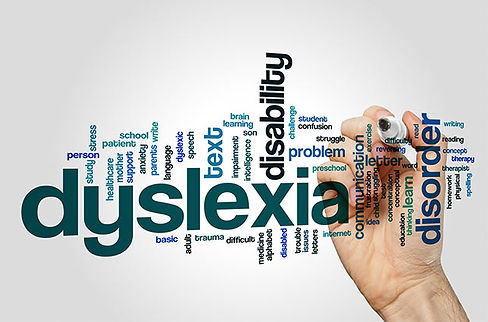
What the Research Shows
A 2021 meta-analysis (Frontiers in Psychology) found that Orton–Gillingham–based approaches significantly improve phonological awareness, decoding, and word reading.
-
The National Reading Panel (2000) concluded that systematic phonics instruction is more effective than non-systematic or no phonics for struggling readers.
-
IMSE aligns with the International Dyslexia Association’s Knowledge & Practice Standards.
-
The Tennessee Department of Education formally endorses Structured Literacy and Orton–Gillingham as recommended interventions for dyslexia.
The results are clear: explicit, systematic, multisensory instruction helps students with dyslexia make greater gains in accuracy, fluency, and comprehension compared to traditional methods.
What Families Receive
-
A comprehensive written report with test results explained in clear, non-technical language
-
A parent meeting to review findings, strengths, and challenges
-
School recommendations for accommodations and classroom support
-
A personalized intervention plan grounded in Orton–Gillingham methodology
By combining formal testing with deep expertise in Structured Literacy, Dr. Hayes ensures that every child receives a clear diagnosis and a roadmap for success.
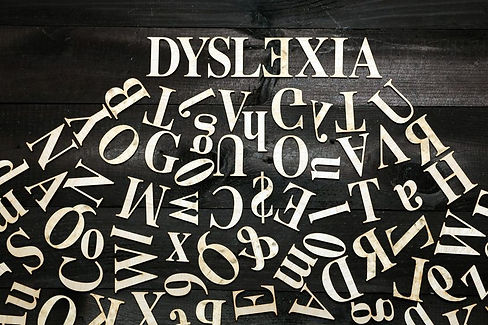

Why Families Choose
Dr. Hayes Educates
Trained in IMSE Orton–Gillingham Intensive (not just an overview course)
-
Licensed Reading Specialist with 20+ years of experience
-
Specialized in dyslexia—this is the number one service we provide
-
Warm, supportive approach that helps children build confidence, not just skills
-
Collaborative communication with families and schools
How to Get Started
Schedule a Consultation – Tell us your child’s story and concerns
-
Testing Session(s) – Targeted literacy assessment with Dr. Hayes
-
Results & Recommendations – Full report + personalized parent meeting
-
Structured Literacy Intervention – IMSE OG-based sessions tailored to your child
PROUD MEMBER OF IDA




